InnaMoRuhr
Concept for Integrated Sustainable Mobility in the Ruhr Region
Duration: 07 May 2020–30 April 2023
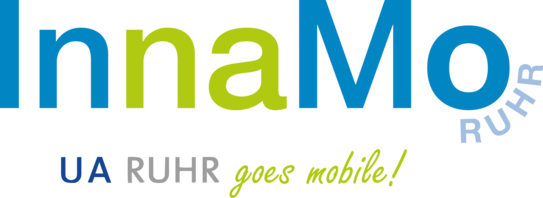
Research proposal
As part of a multidisciplinary consortium from the fields of social sciences, economics and engineering, researchers from the three UA Ruhr universities are investigating how mobility in the Ruhr region can be made sustainable. The project will develop a concept for integrated, sustainable mobility for the University Alliance Ruhr and test it in practice in a field trial.
The aim is to improve transport links between the four locations of the University Alliance Ruhr (UA Ruhr), Duisburg, Essen, Bochum and Dortmund, to close gaps in services and thus to encourage more sustainable mobility behaviour among students and staff.
The plan is to survey mobility needs and develop scenarios that will be tested in the simulator and finally in real-life operation. Locally emission-free technologies, e.g., electric shuttles, but also on-demand services and other forms of new mobility will be used.
Press reports
The current press reviews can be found on the external project website.
Projektpartner
Work packages
1. Survey of the current situation
In order to record current mobility behaviour, a detailed survey of the situation is carried out, in particular of the mobility service providers active in the market and their cooperation within networks (ecosystems), as well as available transport services and the extent of their usage, in order to identify gaps (unknown services, insufficiently networked services and inadequate services) as well as any entrenched attitudes and behaviour patterns of the users.
2. Survey of mobility needs
The procedures described in WP1 are also used to survey mobility needs and user preferences. On the one hand, individual mobility needs (e.g., a direct connection from home to the place of study) are surveyed in order to identify possible gaps in available transport services, as well as bundling potentials which could be starting points for innovative mobility services (see WP3). On the other hand, the individual attitudes and preferences of the users are recorded here, on which the behavioural simulation (see WP4) and in particular the typification are then based.
3. Development of scenarios
The data collected in WP1 and WP2 are to be condensed into scenarios that contain, both the situation as-is and a fictitious constellation that bundles and integrates the desired timetables of the respondents. These scenarios are then transferred to simulation models in WP4. The comparison of the actual and the desired scenario should help to identify unmet needs and gaps in the services currently on offer; it should highlight the challenges, but also the opportunities, associated with the introduction of ride sharing, cycle lanes or flexible on-demand services and the sustainable transformation of the transport system they are aiming for.
4. Simulations - experiments
The Simulator SimCo developed at TU Dortmund University is being used to develop a traffic model that depicts the traffic situation around the four UA Ruhr locations in abstract form. In addition, new software components that have not yet been implemented will be developed, in particular the "mobility station" module and the "on-demand service" technology. The data of providers and users collected in WP1 and WP2 will be used to calibrate the existing agent types. Finally, the scenarios developed in WP3 will be technically implemented and tested experimentally in simulation runs with a variety of settings.
5. Practical testing of selected technologies
This work package will begin by investigating how value can be jointly created and distributed among the partners in mobility ecosystems with simultaneous cooperation and competition between the partners, and what technical solutions could look like for this. To this end, experiments with new, locally emission-free technologies (electric vehicles and charging options) are then to be carried out in cooperation with electrical engineers and mobility service providers who have already signalled support for the project. These technologies are to be used in particular in sustainable (car, ride and bike) sharing services and in bus transport in order to assess their connectivity with other mobility services (e.g., bicycles and other local and long-distance transport) and thus close existing gaps in services (WP1) and mobility needs (WP2).
6. Tools for integrated mobility management
Building on and to some extent parallel to the findings of the previous work packages, the technical procedures and tools required for integrated, sustainable mobility management will be developed here. Existing structures should be used as far as possible. However, they must be specifically designed for mobility between the Ruhr region universities. However, as far as possible, interfaces must be set up in consultation with the providers of existing data and mobility services that make it possible to connect the technologies in WP5 and to implement the scenarios developed in WP3 and WP4 in real-life operation, i.e., to be able to carry out field tests with selected scenarios and intervention strategies as planned in the real laboratory (WP7).
7. Real lab
For a period of six months, five hundred members of each of the four UA Ruhr locations will be invited to describe their mobility needs electronically and, based on this, to use new types of mobility services that will be made possible through integrated mobility management - in cooperation with or in addition to existing public transport structures, i.e. in new types of company networks (ecosystems), and the new sustainable mobility solutions tested in W 5 and examined for their profitability in the simulation (WP4), e.g. via an app (cf. WP6).
8. Pilot project
Based on the findings of WP7, a test area will be selected for a pilot project lasting several years, in which integrated mobility management will become an integral part of existing structures and can be used by a broad range of customers (and not only by selected test persons). The project proposed will prepare this test area and participate in the start-up phase.
9. Publication, transfer, utilisation
The interim results of the research work will be presented at relevant national and international conferences during the project period and will also be published in national and international journals in the second half of the project period. In addition, the project results will be prepared in a suitable form in order to be able to present them to interested companies, associations, administrations, etc.
For more information, you can visit the InnaMoRuhr website.
Contact
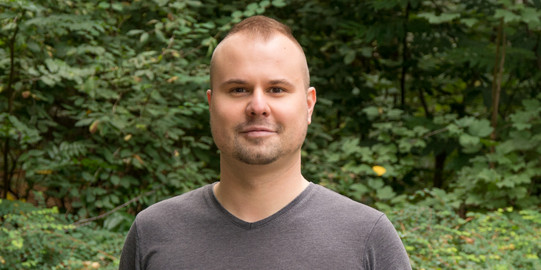
Kay Cepera
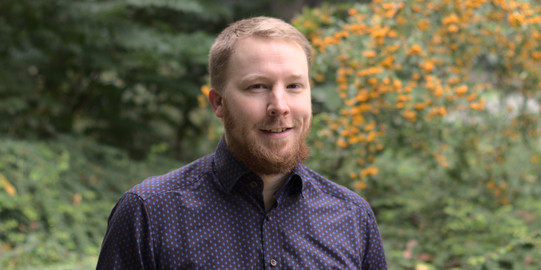
Julius Konrad
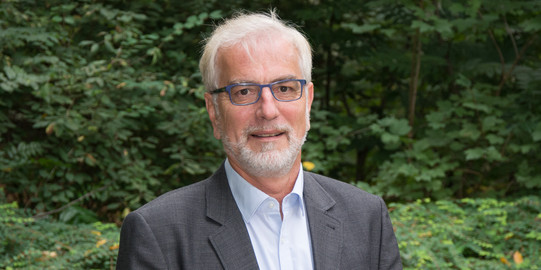

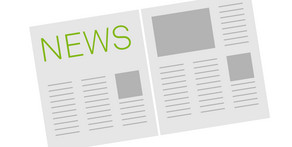


![[Translate to English:] [Translate to English:]](/storages/zentraler_bilderpool/_processed_/a/f/csm_Kontakt_b86e8d8ecc.png)
![[Translate to English:] [Translate to English:]](/storages/sfs-sowi/_processed_/6/c/csm_Glasfront_sfs_Header_eae6d325d3.jpg)